5 Tips for an Eco-Friendly California Road Trip
Wherever you plan on going next in California, there’s still time to make your road trip more eco-friendly. Here are our best tips.
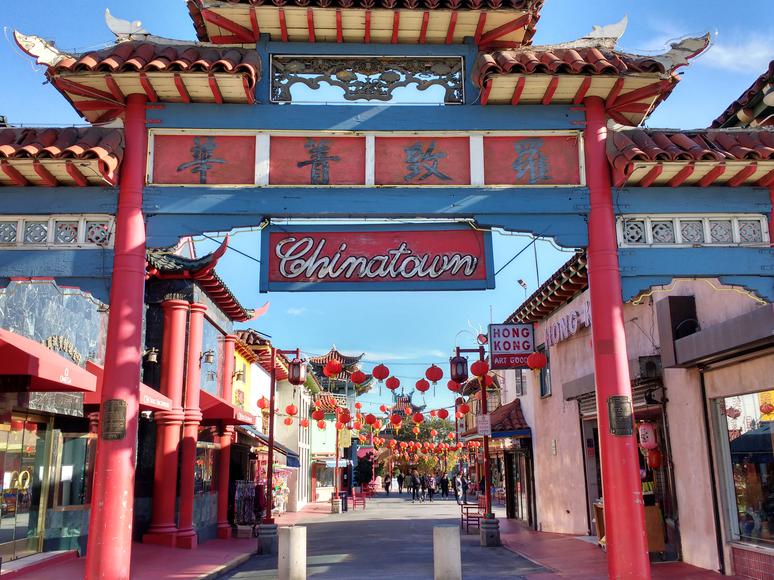
From Oakland to Los Angeles, here are the Chinatowns in California you need to visit.
Chinatowns in California are iconic and significant to the state's history and ethnically diverse culture. These bustling neighborhoods originally served as enclaves for Chinese immigrants, who were needed for mining and railroad work in the mid-19th century. Over the years, the Chinese have built strong communities that celebrate their ethnic heritage, customs, and shared identity, drawing locals and tourists alike to their neighborhoods. Today, Chinatowns across California are places where numerous iconic movies have been filmed, many notable Chinese American figures have lived, and various street foods have been created. From Oakland to Los Angeles, here are the Chinatowns you need to visit.
Chinatown Los Angeles is a neighborhood steeped in history; it became a hub for Chinese and other Asian immigrants in 1938. Although the original Chinatown Los Angeles was established in the late 19th century, it was demolished in order to build the Los Angeles Union Station. However, that didn’t stop people from recreating the neighborhood in Downtown L.A. The idea of establishing a new Chinatown in Los Angeles was conceived by Chinese-American community leader Peter Soo Hoo, Sr. The new Chinatown retained the heritage and architectural design of the original but incorporated a slight American touch, resulting in a harmonious blend of both cultures. Chinatown Los Angeles soon became a commercial center and even a travel destination within the borders of California.
The historic neighborhood is home to the Thien Hau Temple—which is dedicated to Mazu, the goddess of the sea—one of the most popular areas for worship and tourism. Here, you’ll also find the Chinese American Museum, which is symbolically housed in the oldest and last surviving structure of L.A.’s original Chinatown. Having served as a setting for many movies, this iconic Chinatown in Southern California is lined with restaurants, shops, art galleries, and pagoda-style buildings.
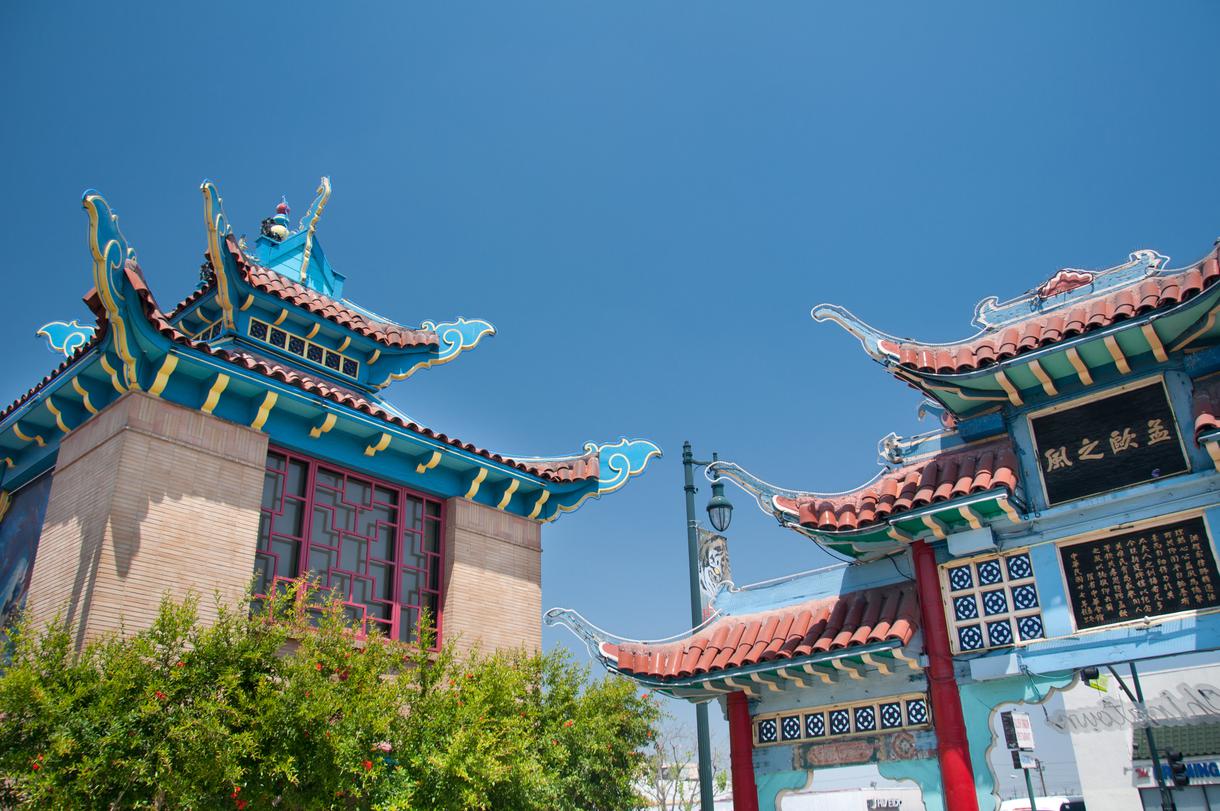
San Diego’s Chinatown was established in the 1860s thanks to abalone fishermen settling down in the area. The eight-block district adjacent to (and slightly overlapping with) the Gaslamp Quarter was initially completely inhabited by Chinese and Chinese Americans—they didn’t have permission to live in other areas of San Diego. Luckily, things changed after World War II. After serving in the war, many Chinese Americans relocated to other areas of the city, and soon enough, San Diego Chinatown’s Chinese population became significantly smaller.
The historic neighborhood is still home to some of the city's Chinese, Japanese, and Filipino residents. Thanks to the cultural value it represents to these communities, San Diego Chinatown was officially designated the Asian Pacific Thematic Historic District by the city in 1987. The neighborhood also boasts the San Diego Chinese Heritage Museum, which preserves and celebrates Chinese-American culture and art, and the Chinese Consolidated Benevolent Association, which aims to provide charitable and benevolent activities and social welfare while preserving the culture and traditions of the Chinese people.

Does your business rank among the best in California?
nominate a businessLearn more about our selection criteria and vetting process.
The First and Second Opium Wars, along with the California Gold Rush, became incentives for many Chinese people to relocate to the U.S. Although many Chinese immigrants initially settled down in San Francisco (known as Dai Fow, “the Big City”), many later moved to Sacramento (called the Yee Fow, “Second City”). Early Chinese settlers were merchants, restaurateurs, laundrymen, entrepreneurs, and peddlers; they served both the Chinese and the white communities.
Sacramento's Chinatown was soon founded on I Street, stretching from Second to Sixth Streets, and quickly became a flourishing community. However, the Chinese community initially faced challenges in Sacramento. The white working-class developed an anti-Chinese sentiment, so the ethnic group became the scapegoat for economic oppression. This hatred eventually reached Congress; the national Chinese Exclusion Act was passed in 1882—this excluded Chinese people from entering the U.S.; there were also declared ineligible for citizenship and weren't allowed to marry outside their race. Although the law was repealed in 1943, unfortunate events continued occurring throughout Sacramento's Chinatown. Fires destroyed canvas structures and wood shanty-like buildings, many Chinese lives were lost, and their belongings scattered. These mysterious fires were assumed to be set off by people who weren’t fond of the Chinese working class.
After facing discrimination for many years, Chinese Sacramentans successfully broke down these social barriers. Now, when you walk around Sacramento’s Chinatown Mall, you’ll see Chinese elders practicing their morning Tai Chi and hear the shuffling of tiles from a passionate Mahjong game. You’ll also come across the Chung Wah, a governing board of consolidated family benevolent associations throughout Sacramento—the board played an important role in maintaining the tight-knit Chinese community's customs and culture. Although it was quite challenging for Chinatown in Sacramento to survive, it emerged stronger and continues to thrive today.
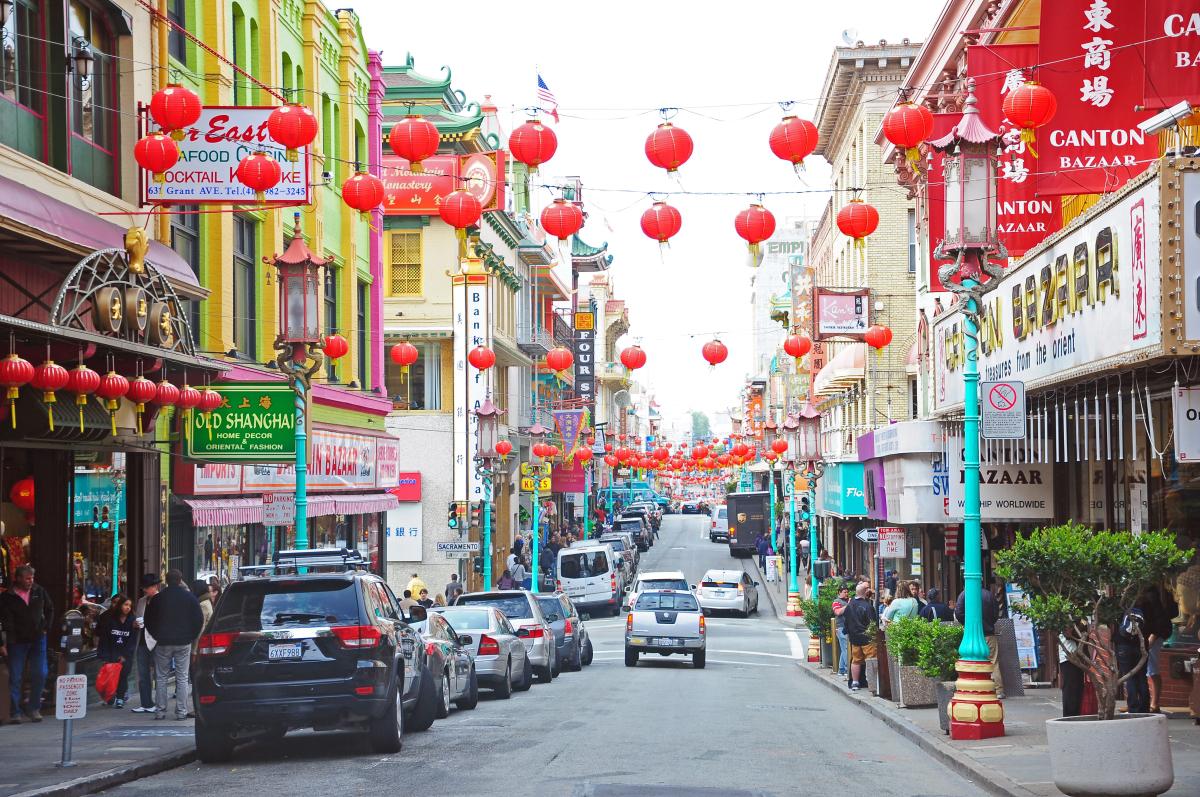
Fun fact: San Francisco is home to the oldest and most prominent Chinatown in California. As you pass through the Dragon Gate, one of the most photographed places in the Bay Area, you officially enter the iconic neighborhood. Many Chinese immigrants came to S.F. during the 19th century seeking economic opportunities. Most of them worked in mines throughout the region, and others worked as farmhands or took jobs as laborers for the Central Pacific and Transcontinental Railroads.
Life was very difficult for them during this time, especially after the Chinese Exclusion Act of 1882 was passed. When the 1906 San Francisco Earthquake and the series of fires broke out in the city, the Chinese community suffered significant losses. The silver lining? Many leveraged the loss of the city’s birth and immigration records and claimed citizenship, paving the way for their families to join them in the U.S.
The repeal of the Chinese Exclusion Act was a fresh start for Chinatown San Francisco. With a great influx of Chinese people, the historic neighborhood flourished and became much safer than it used to be. Now, it is one of the most highly visited Chinatowns in all of the U.S. Centered on Grant Avenue and Stockton Street, Chinatown San Francisco welcomes millions of visitors annually. The neighborhood covers 24 city blocks and is one of the best places for starting an Airbnb in San Francisco. As the centerpiece of Chinese-American history, Chinatown San Francisco hosts the largest Chinese New Year parade in the country—a must-add to your S.F. bucket list.
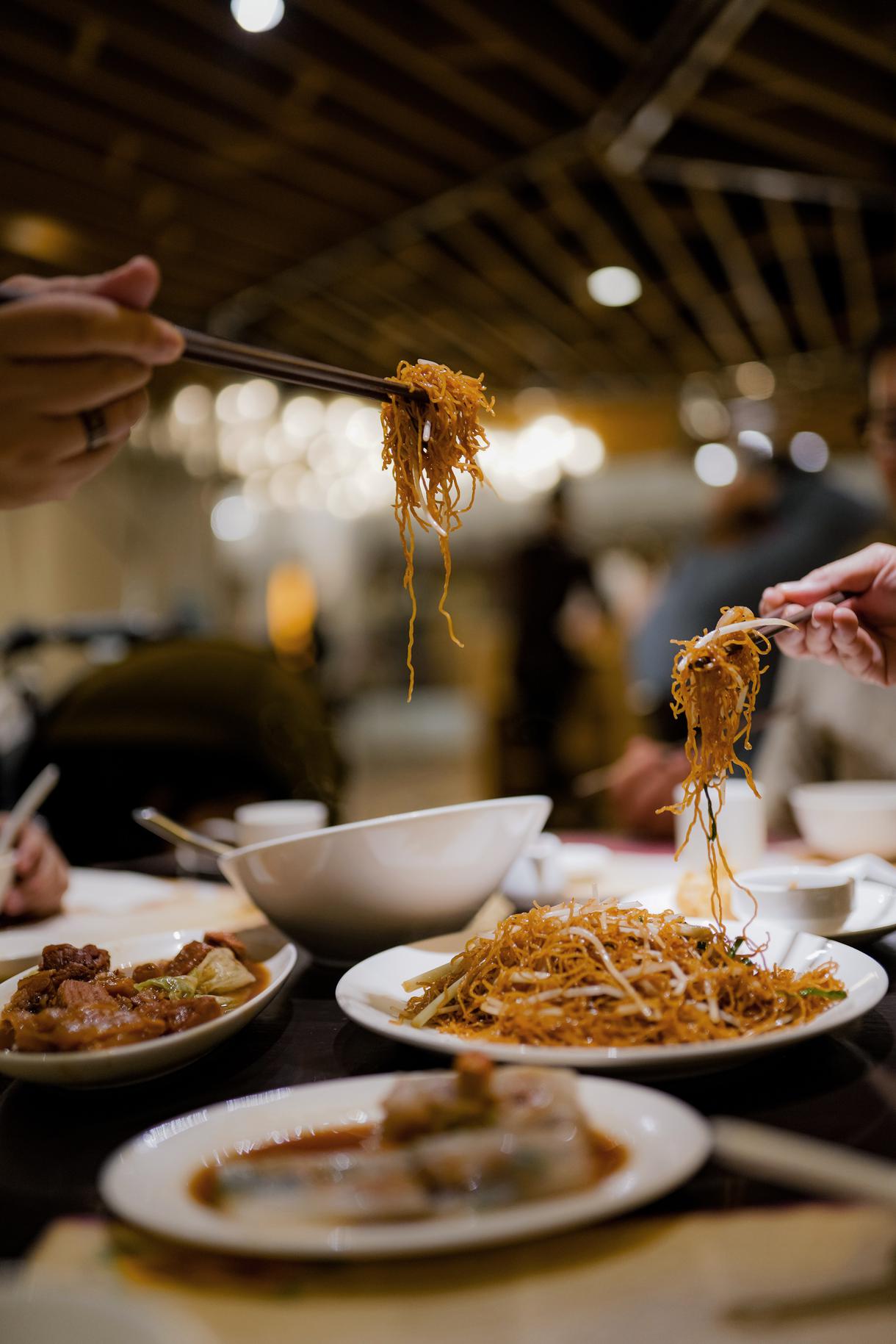
Oakland’s Chinatown is the fourth largest Chinatown in the U.S. and one of the oldest in the country. Like other Chinatowns in California, it also has a rich history. Chinese gold miners traveled to the Golden State to help build the Central Pacific Railroad. Due to the anti-Chinese sentiment of the 19th century, the Chinatown in Oakland had to relocate multiple times. It was then segregated to a designated “exclusion zone”—its current location built in the 1870s; you'll find Chinatown between 8th Street and Webster Street.
The 1906 San Francisco Earthquake became an incentive for many Chinese to find shelter in Oakland. Although the cities are only divided by a bridge, the differences between the two are great. The Chinatown in Oakland doesn’t rely on tourism as heavily as S.F.’s does, but it is still considered one of the top sources of sales tax revenue for the city. As the years passed, the neighborhood outgrew its Chinese enclave status—it is now a Pan-Asian district where Vietnamese, Korean, Filipino, Japanese, Cambodian, Laotian, Mien, Thai, and Samoan people also live.
The Chinatown in Oakland is a working neighborhood. Instead of seeing tourists posing and taking photos, you’ll see residents working, shopping, and dining. Widely considered the center of Oakland's Chinatown is the Pacific Renaissance Plaza. The neighborhood is also home to the Oakland Asian Cultural Center, which offers many high-quality cultural programs for building vibrant and healthy communities.
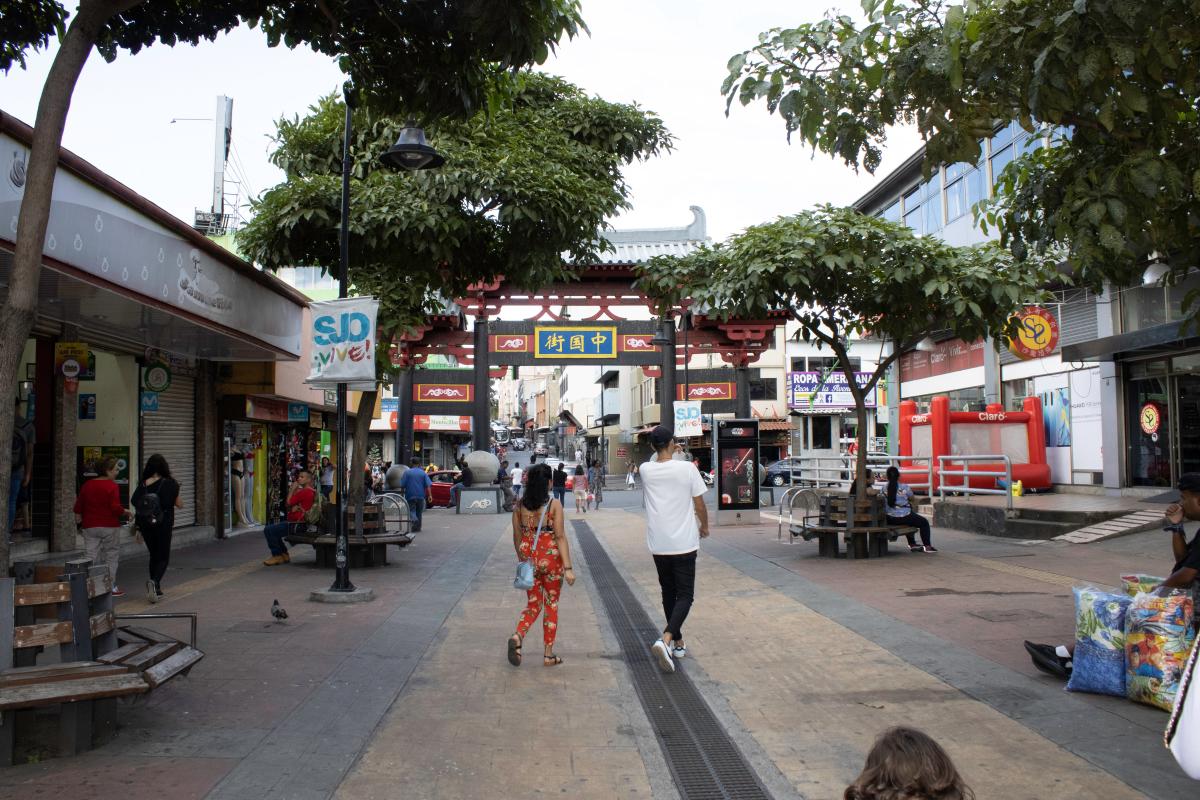
Up until the 1930s, San Jose was home to five distinct Chinatowns: the original Market Street Chinatown, Vine Street Chinatown, the second Market Street Chinatown, Woolen Mills Chinatown, and Heinlenville, which was also known as the Sixth Street Chinatown. This period marked a time of thriving community life for the Chinese residents in the area. Despite this flourishing community, a wave of anti-Chinese sentiment across California deeply affected San Jose. The city's initial Chinatowns faced destruction through arson, and its inhabitants encountered both verbal and physical harassment, living amidst constant uncertainty about their future.
As time went on, additional Chinatowns were developed in San Jose, yet they too eventually faced similar fates of decline. The advent of the Chinese Exclusion Act further exacerbated this situation by halting the arrival of new Chinese immigrants. Consequently, the younger generations began to look for opportunities elsewhere. This series of events led to a significant decrease in the Chinese population within the area, dwindling to just a handful of residents. Today, only relics serve as a reminder of the vibrant Chinatowns that once dotted San Jose.


Wherever you plan on going next in California, there’s still time to make your road trip more eco-friendly. Here are our best tips.

Explore California's top 7 spring photoshoot spots for Instagram-worthy snaps, from poppy fields to coastal cliffs.

Relive unforgettable California sports moments and memories that have left a lasting impression on fans and inspired future generations.

Impress your date and allow the City of Angels to be the perfect backdrop for your romance with these first-date ideas.

